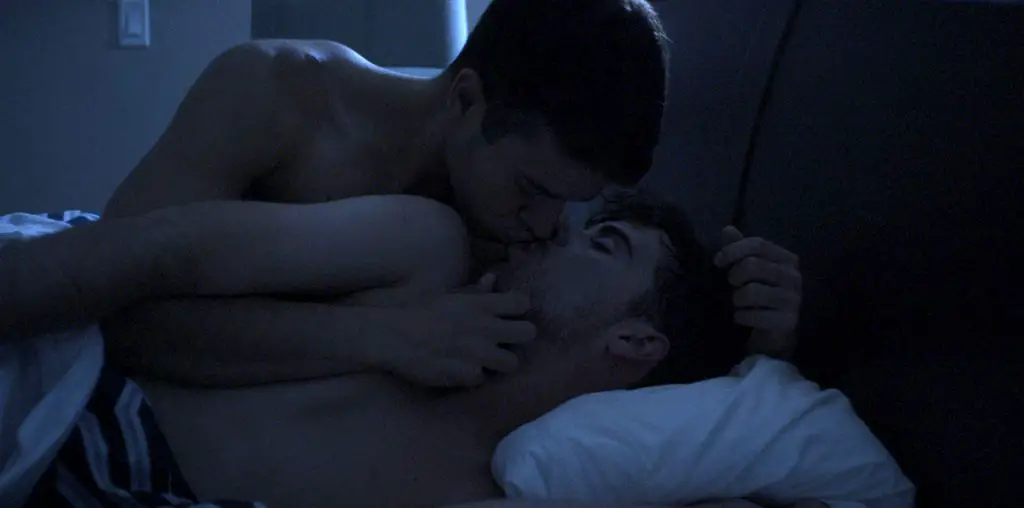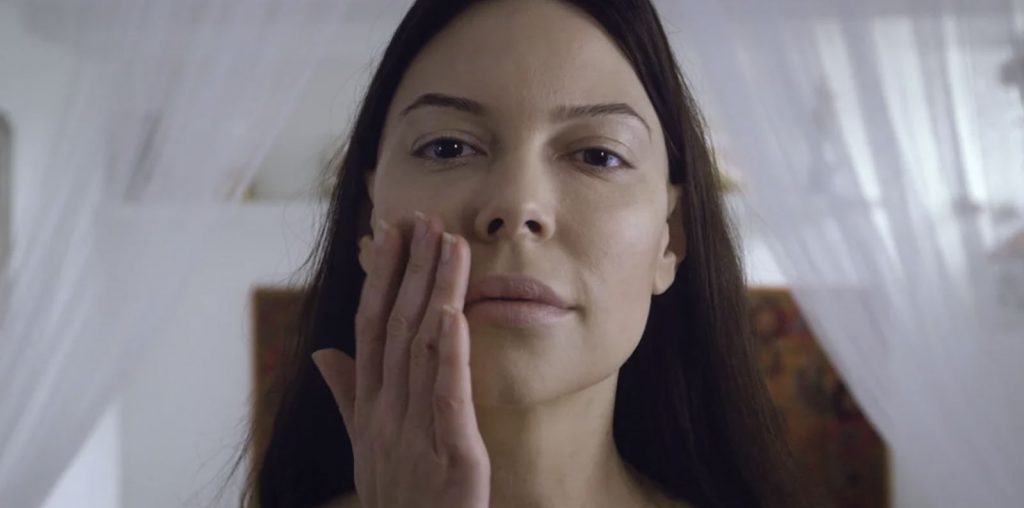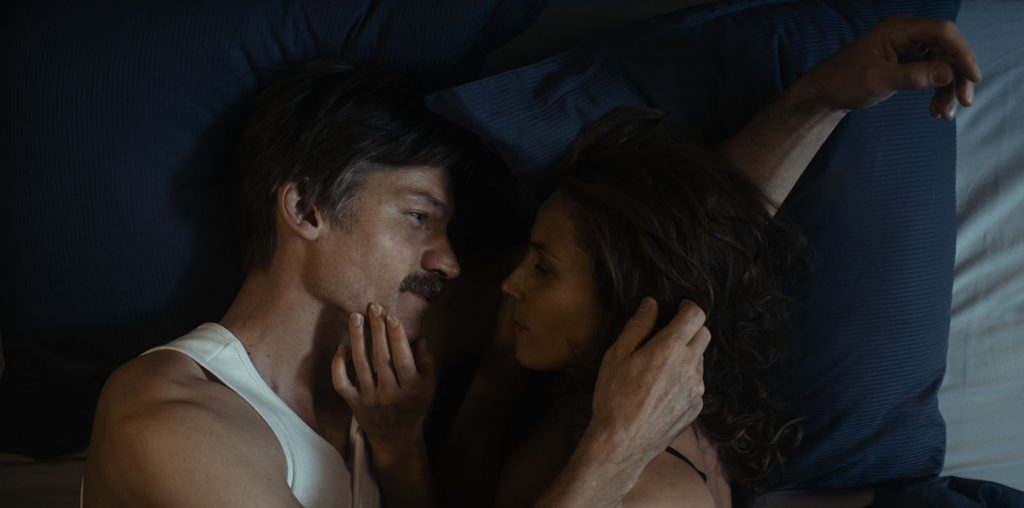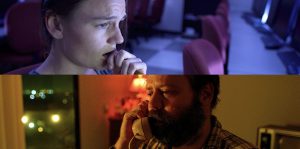
The first thing that came to mind while watching the story unfold is whether this gimmick is necessary. Generally, the answer would be “no,” but, since Last Call is a phone conversation between two people, then yes, seeing them both simultaneously is essential. It works because the viewer is engaged, for better or worse. My cynical eye is looking for sneaky editing breaks. It all plays out flawlessly and in perfect synchronization. I particularly appreciated the dance between the camera and Beth as it follows her at work. There is real choreography here, and it breaks up the fixed visual of Beth always being at the center of the screen.
Again, Wilkins seemingly has an “easy” acting task, compared to Sarah Booth. His portrayal of Scott slips ever-so-slowly into despair, which requires good acting chops. But Booth shows off some fantastic chops of her own as her character decides to engage in a conversation that her instincts tell her will be a heavy one. Her uncertainty shows in her face. She then gives a performance full of empathy and compassion, leading to a genuinely authentic emotional ending.
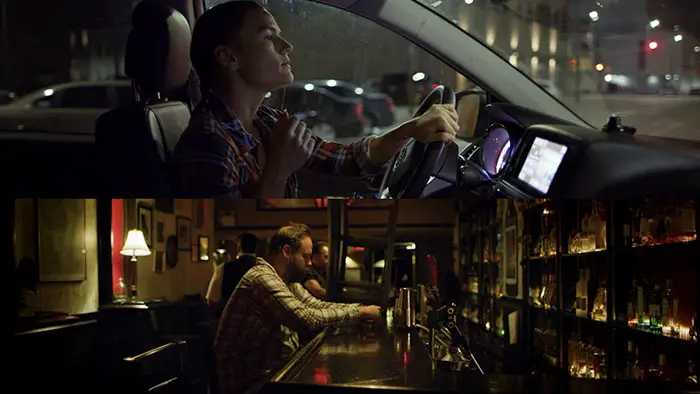
“She then gives a performance of empathy, compassion…leading to a genuine emotional ending.”
I’ve been in Beth’s position a few times in my past professional life. Nothing really prepares you for a midnight call from a friend at a real moment of despair. Not being a professional, the only thing you can do is listen and be that last link to life. This makes Booth’s performance even more critical. The story of Scott and Beth plays out with authenticity and, to me, is a fantastic resource for us regular folk on the other side of the harrowing phone call. Even better, the film is never dialogue-heavy, balancing the physical with the verbal.
Forgiveness and compassion are human qualities that we may not have witnessed in a long time in ourselves, others, and on the news. It’s on full display in Last Call and is worth seeking out.
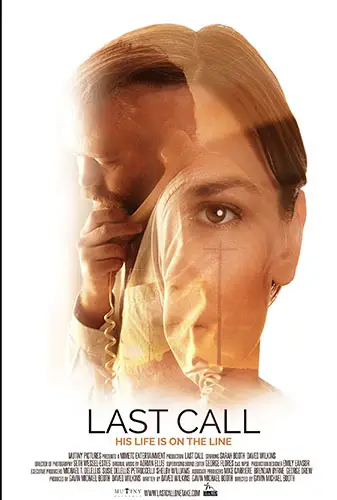
"…two 77-minute continuous shots synced perfectly..."
